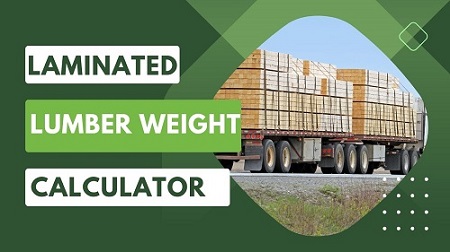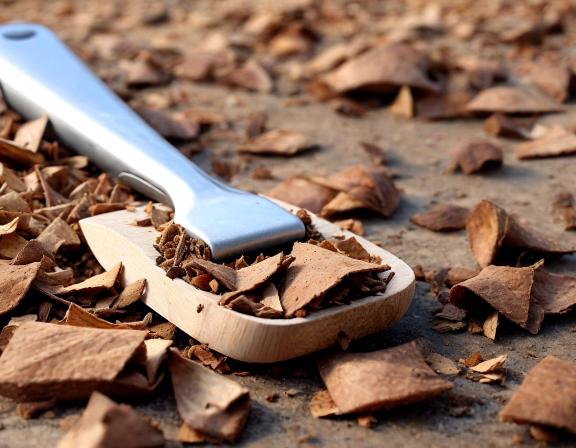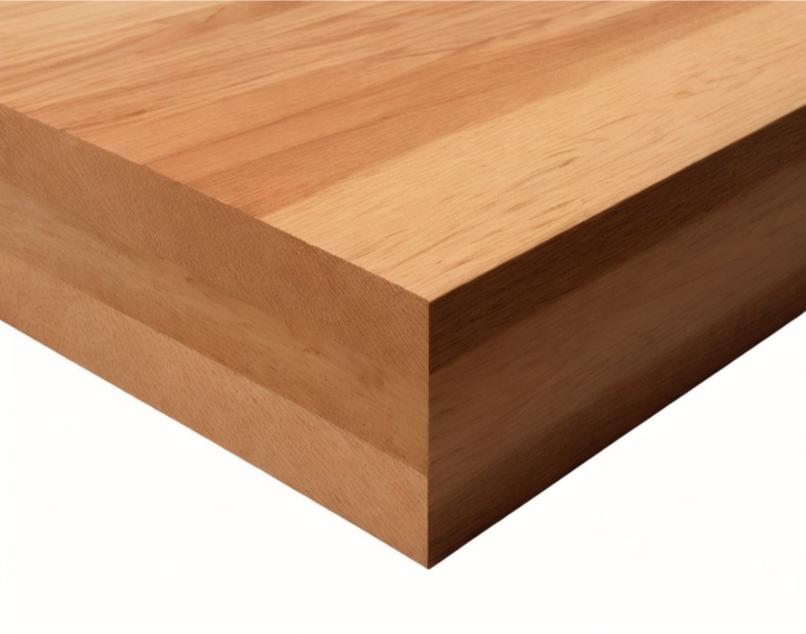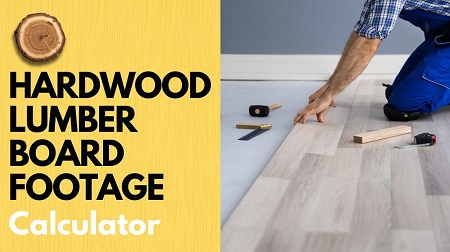Greetings, fellow woodworkers! Calculating the exact amount of adhesive needed for a woodworking project can be quite a challenge. That’s why we’ve created a handy tool to simplify the process.
In this blog post, we will introduce you to the woodworking adhesive coverage calculator, and show you how to use it to ensure that you never run out of adhesive mid-project again. Say goodbye to guesswork and hello to precise measurements with this invaluable tool at your disposal. “
Adhesive Coverage Calculator
Adhesive Coverage Calculator
The type of adhesive you choose for your woodworking project will depend on the specific requirements of the project and the materials being used.
It is important to have a good understanding of the different types of adhesives available and their properties to ensure you select the best one for the job. Here is a breakdown of the most common woodworking adhesives:
| Adhesive Type | Properties |
|---|---|
| PVA Glues | Water-based, easy to use, dries clear |
| Epoxy Resins | High strength, excellent gap-filling capabilities |
| Polyurethane Adhesives | Water and temperature resistant, versatile |
| Hide Glues | Natural, reversible, traditional |
| Cyanoacrylate Adhesives | Fast setting, strong bonding on non-porous materials |
Perceiving the differences between these adhesives will help you make an informed decision when choosing the right one for your woodworking projects.” “
PVA Glues
On the spectrum of woodworking adhesives, PVA glues are the most commonly used. They are easy to use, water-based adhesives that are ideal for bonding porous materials such as wood. PVA glues dry clear, making them suitable for projects where aesthetics are important.
For optimal results, PVA glues should be used within a specific temperature range and allowed sufficient time to dry and cure properly. ” “
Epoxy Resins
For woodworking projects that require high strength and excellent gap-filling capabilities, epoxy resins are the adhesive of choice. Epoxy resins are versatile and can be used on a wide range of materials, including wood, metal, and plastics. They are known for their ability to withstand extreme temperatures and harsh environments.
To achieve the best results with epoxy resins, it is essential to follow the manufacturer’s instructions carefully, particularly regarding the correct mixing ratios and curing times.
To ensure a successful woodworking project, it is crucial to choose the right adhesive for the specific requirements of the project.
Taking into account factors such as strength, curing time, and resistance to environmental conditions will help you make an informed decision. Whether you are bonding wood, metal, or plastic, epoxy resins offer a reliable solution for a wide range of woodworking applications.”

Factors Influencing Adhesive Coverage
Keep in mind that several factors can influence the amount of adhesive coverage required for woodworking projects. It is important to consider these factors when determining the appropriate amount of adhesive to use. Factors influencing adhesive coverage include:
- Types of wood surfaces
- Environmental conditions
- Joinery techniques
- Clamp pressure and time
- Moisture content of wood
The Adhesive Calculator can help in determining the exact amount of adhesive needed for your project.
Types of Wood Surfaces
To ensure proper adhesive coverage, it is important to consider the type of wood surfaces being bonded.
Different types of wood surfaces may require different amounts of adhesive due to variations in density and porosity. This can affect the absorption and spreading of the adhesive.
Factors to consider when assessing types of wood surfaces include:
- Density of wood
- Porosity of wood
- Surface preparation
- Moisture content of wood
- Adhesive compatibility
This information is broken down into a table with 2 columns and 5 rows, providing a comprehensive guide for proper adhesive coverage for specific wood surfaces.
Environmental Conditions
Types of environmental conditions can significantly impact adhesive coverage and performance. Factors such as temperature, humidity, and airflow can affect the curing time and bond strength of the adhesive. It is crucial to consider these environmental factors when calculating adhesive coverage for woodworking projects.
It is important to note that temperature and humidity levels can impact the viscosity of the adhesive, affecting its flow and penetration into the wood surfaces.
It is crucial to consider environmental conditions such as temperature and humidity when determining adhesive coverage. These factors can significantly impact the performance and effectiveness of the adhesive, making it essential to factor them into the calculation process.
Joinery Techniques
Factors such as the type of joinery technique used, the surface preparation, and the fit of the joint can influence the amount of adhesive coverage required. It is important to consider these factors when determining the appropriate amount of adhesive for a specific joinery technique.
Surfaces should be prepared and fitted properly to ensure an optimal bond, reducing the need for excessive adhesive coverage and promoting a strong, durable joint.
Adhesive Coverage Calculator
To ensure the success of your woodworking projects, it’s crucial to calculate the correct adhesive coverage. By doing so, you can optimize the efficiency of your adhesive usage and achieve the best results for your woodworking endeavors. Utilizing the Adhesive Anchor Volume Estimator | DEWALT can significantly aid in this process and help you make informed decisions about adhesive quantity and application.
Basic Calculation Principles
To accurately calculate adhesive coverage, you need to consider the surface area to which the adhesive will be applied, the recommended coverage rate provided by the adhesive manufacturer, and the specific characteristics of the materials being bonded.
Additionally, understanding the curing time and environmental conditions is essential for determining the appropriate quantity of adhesive to use for optimal bonding results.
Begin by measuring the surface area of the materials you intend to bond and then use the coverage rate provided by the adhesive manufacturer to calculate the total quantity of adhesive needed.
It’s important to also consider any variables that may affect the bonding process, such as temperature, humidity, and substrate porosity, to ensure the adhesive performs as intended.
Utilizing The Coverage Calculator
Utilizing an adhesive coverage calculator simplifies the process of determining the required quantity of adhesive for your woodworking projects. By inputting the surface area and relevant project details into the calculator, you can quickly obtain precise estimates for adhesive volume.
This tool eliminates the need for manual calculations and minimizes the risk of underestimating or overestimating adhesive requirements, ultimately saving time and resources in the woodworking process.
It is essential to use the information generated by the coverage calculator as a guideline and adjust the quantities based on the specific requirements and conditions of your woodworking projects.
This ensures that you achieve optimal adhesive coverage and maximize the bond strength for reliable and durable results.
Interpreting Results for Various Projects
The results provided by the adhesive coverage calculator vary based on the specific requirements and scale of individual woodworking projects.
It is crucial to interpret the results in the context of your project’s unique needs, taking into account factors such as the type of materials being bonded, the environmental conditions in which the adhesive will cure, and the desired strength and durability of the bond.
By carefully interpreting the results, you can make informed decisions about adhesive quantity and application, ensuring that your woodworking projects benefit from optimal adhesive coverage and achieve the highest standards of quality and performance.
Calculation accuracy is key to achieving consistent and reliable bond strength across various woodworking projects, from small-scale crafts to large-scale installations.
Tips for Maximizing Adhesive Efficiency
For woodworking enthusiasts looking to make the most out of their adhesive, here are some tips to maximize efficiency:
- Ensure proper surface preparation
- Use correct application methods
- Avoid common mistakes
Thoroughly following these tips can lead to significant cost savings and improved overall adhesive performance.
Proper Preparation of Wood Surfaces
An essential step in maximizing adhesive efficiency is to properly prepare the wood surfaces before application. Clean the surfaces thoroughly to remove any dust, dirt, or debris. Additionally, ensure that the surfaces are dry and free from any existing finishes or contaminants that could affect the adhesive’s ability to bond effectively.
By taking the time to prepare the wood surfaces adequately, you can create an optimal environment for the adhesive to form a strong and durable bond, ultimately maximizing its efficiency.
Correct Application Methods
Any adhesive is only as good as its application. Using the correct application methods is crucial for ensuring maximum adhesive efficiency. Apply the adhesive evenly and consistently across the wood surfaces, following the manufacturer’s recommended guidelines for application thickness and coverage.
Adhesive coverage calculators can be a valuable tool in determining the precise amount of adhesive needed for a project, preventing over-application and minimizing waste while ensuring adequate bonding strength.
Adhesive waste can be costly and impact the overall efficiency of the woodworking project. Utilizing proper application methods and tools like adhesive coverage calculators can help minimize waste and maximize the adhesive’s coverage, leading to cost savings and improved project results.
Avoiding Common Mistakes
To maximize adhesive efficiency, it is crucial to avoid common mistakes that can lead to suboptimal bonding and wastage.
This includes rushing the application process, using outdated or improperly stored adhesives, and neglecting to account for variations in wood porosity and moisture content.
With proper attention to detail and adherence to best practices, woodworking enthusiasts can mitigate these common mistakes, ensuring that their adhesives are used efficiently and effectively for optimal project outcomes.
To wrap up
Considering all points, the Woodworking Adhesive Coverage Calculator is an invaluable tool for any woodworking professional or enthusiast. By accurately calculating the amount of adhesive needed for a project, it saves time, money, and reduces waste.
This tool provides a convenient way to ensure precise calculations and streamline the woodworking process. With its user-friendly interface and accurate results, the Woodworking Adhesive Coverage Calculator is an essential addition to any woodworking toolkit.








